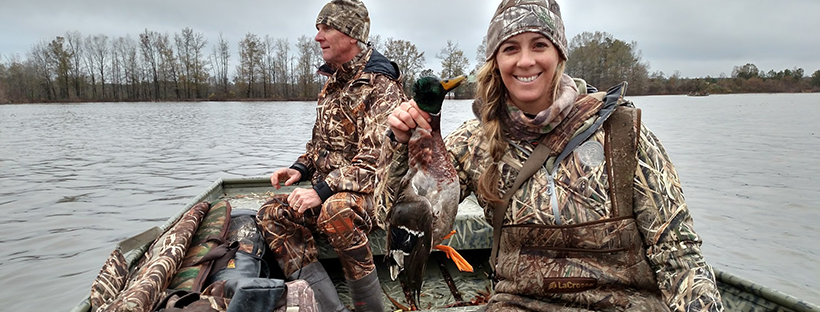It’s hard to believe we are in the home stretch of duck season – I feel like we just started the second split. I’m not entirely sure where January has gone. Did Christmas really happen?
Oh yes, and we’ve seen lots of ducks in the meantime.
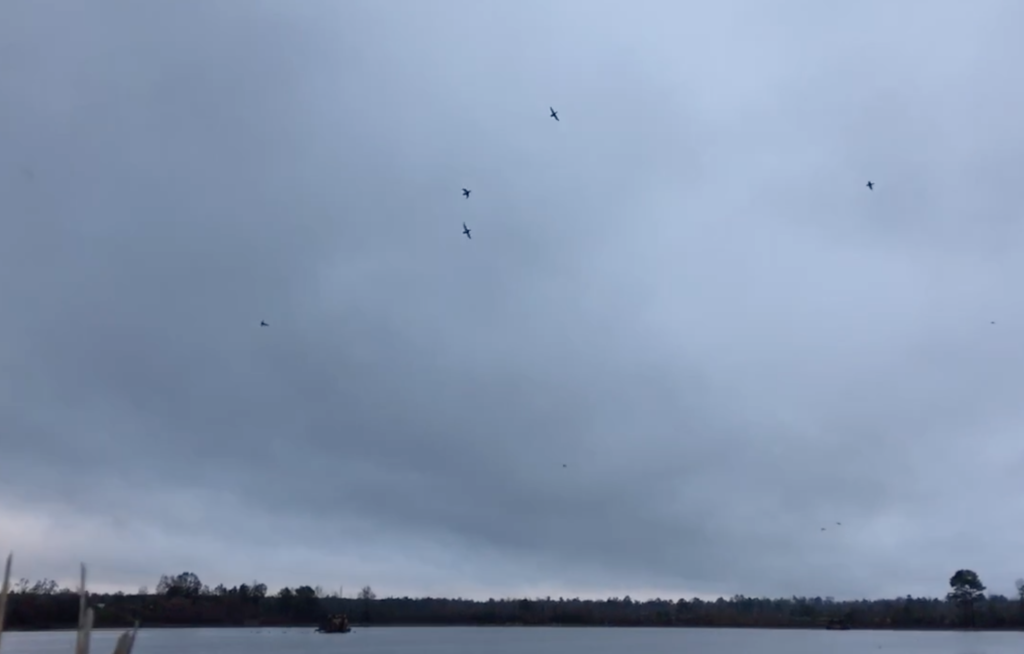
When the second split began, I hunted one Wednesday with Otis and Parker (my father-in-law, if you’re new to bright side outdoors). It had been raining for a day or two, and we woke bright cloudy and early to a steady drizzle. The morning was cool and the weather was gloomy – excellent for duck hunting. As long as it wasn’t going to rain on us the whole time, we be set.
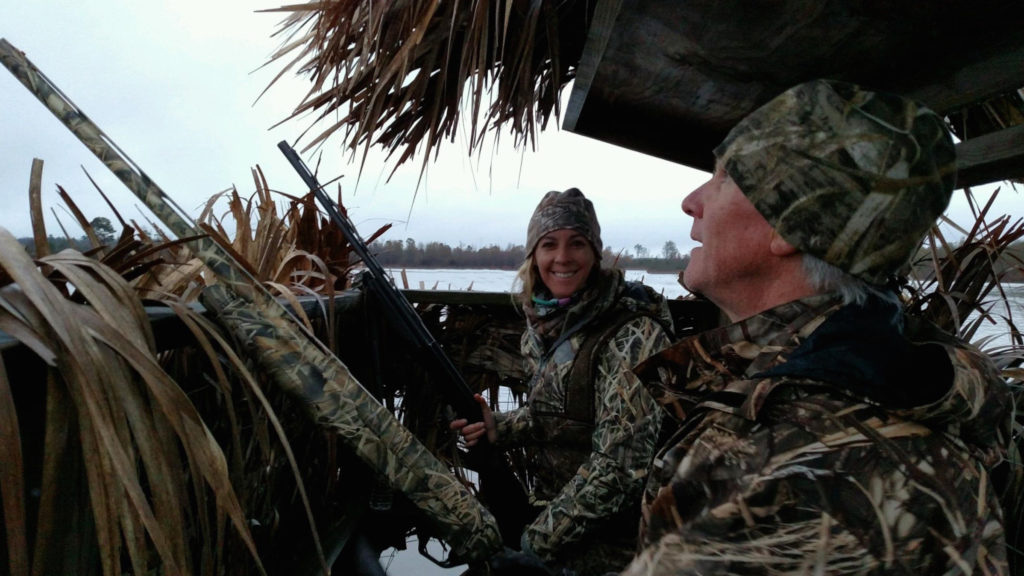
Just before shooting time we had a handful of ducks working right over our decoys, coming in just like they were supposed to – the morning certainly look promising. But, as soon as it was legal hour, we couldn’t buy a bird to come into the decoys. It was probably 30 minutes of little action, knocking down a single or two here and there. Between 4 hunters, that’s not a whole lot.
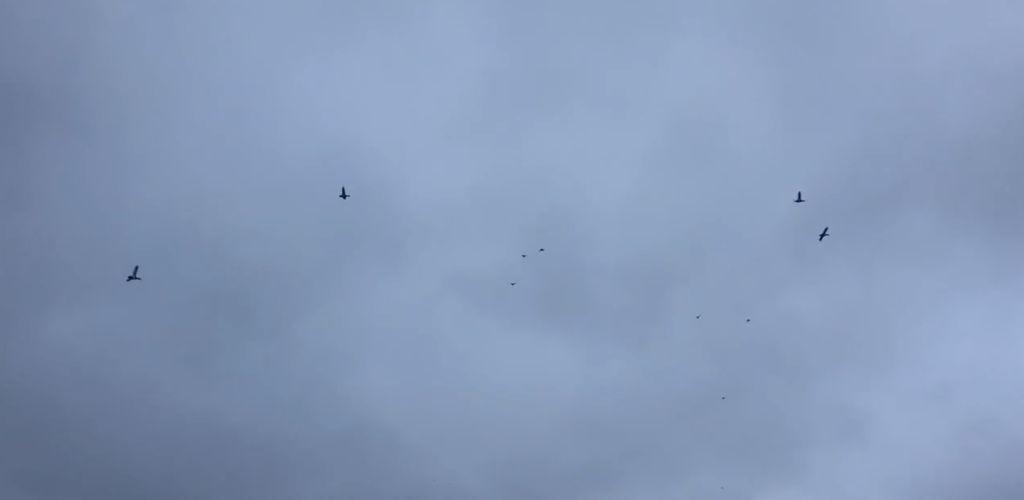
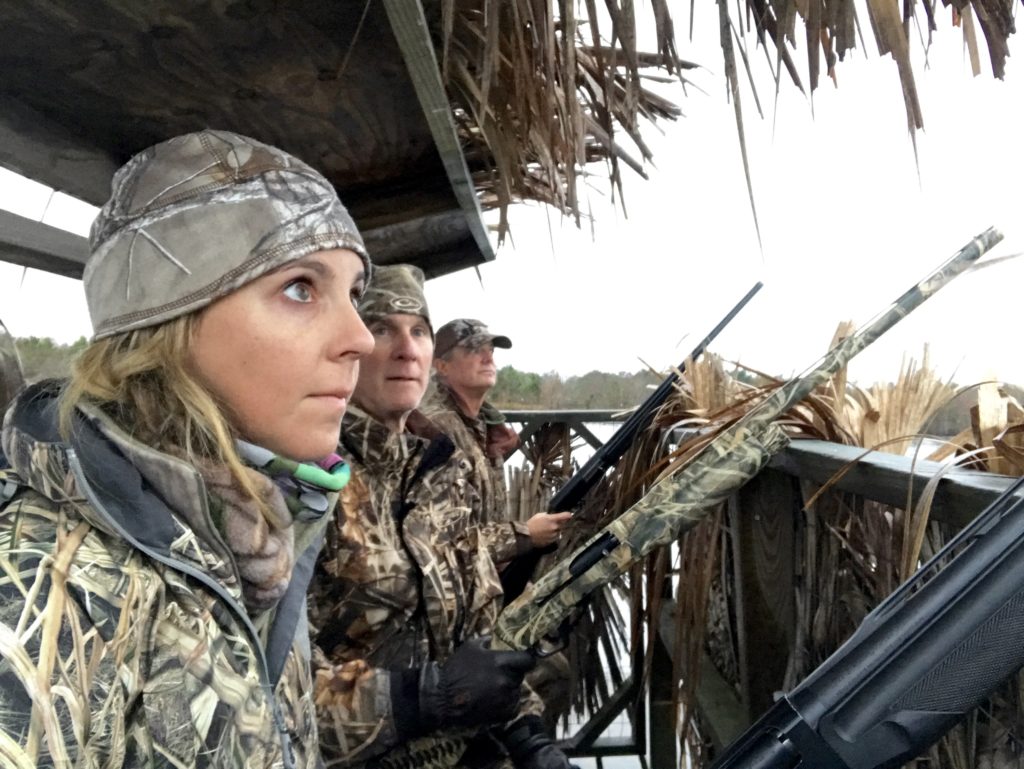
Then, someone flipped the switch again and the ducks were back. There were moments when we couldn’t load our guns fast enough before a duck snuck by on one side and another hunter in the blind had to back you up. Stopping a few times in the melee to do a quick headcount (blue bills were bountiful that morning and the limit is two per hunter), we quickly amassed a pile of ducks and nearly had our limits.
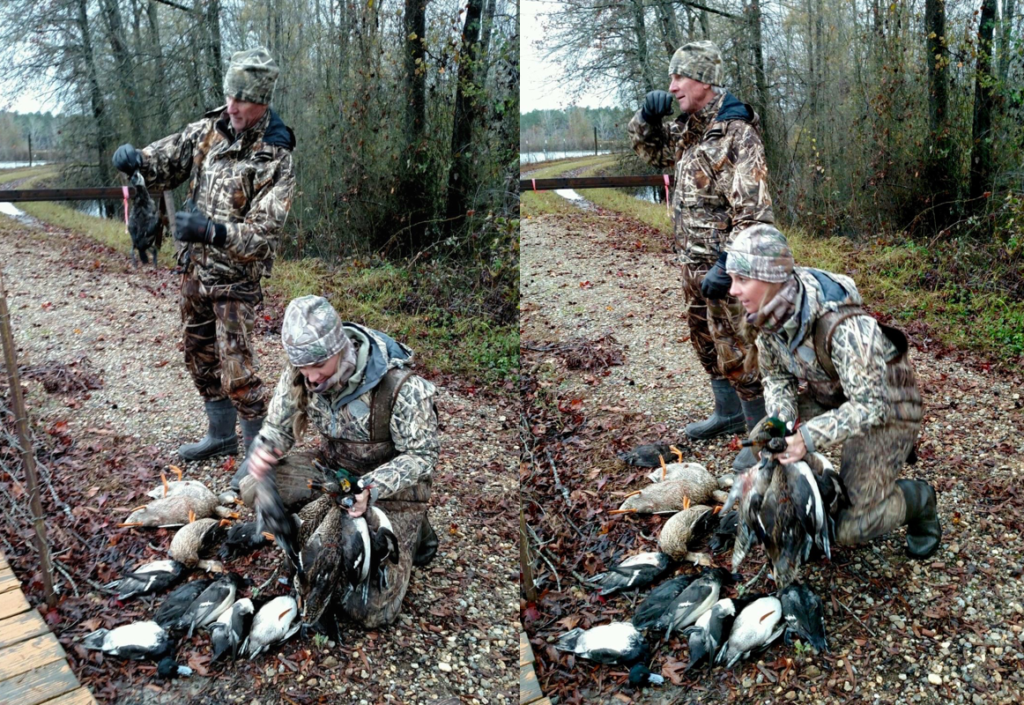
By 9:15, the whole blind limited out. Blue bills, ring necks, mallards,
So much for that “slow” start to the morning huh?
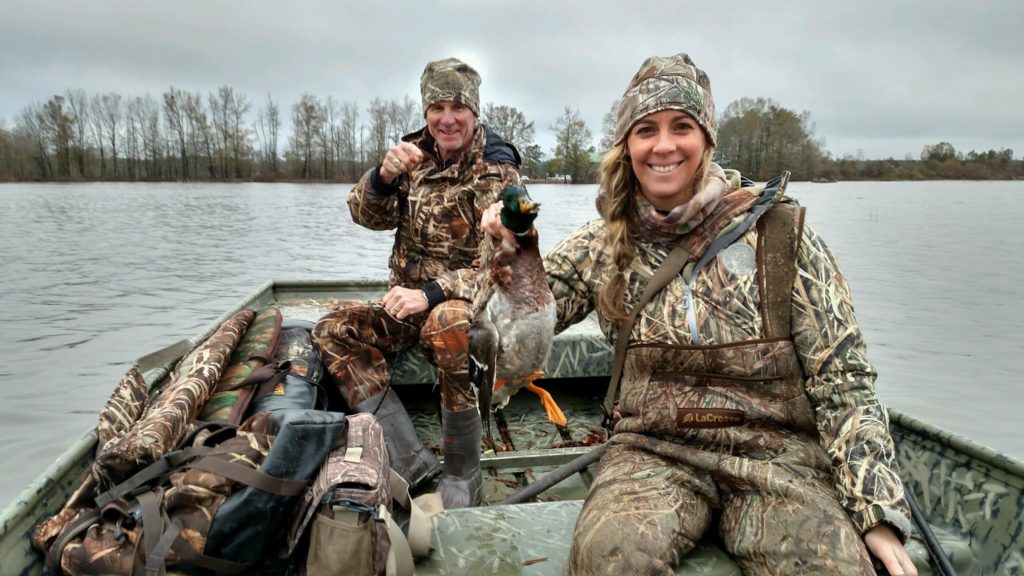
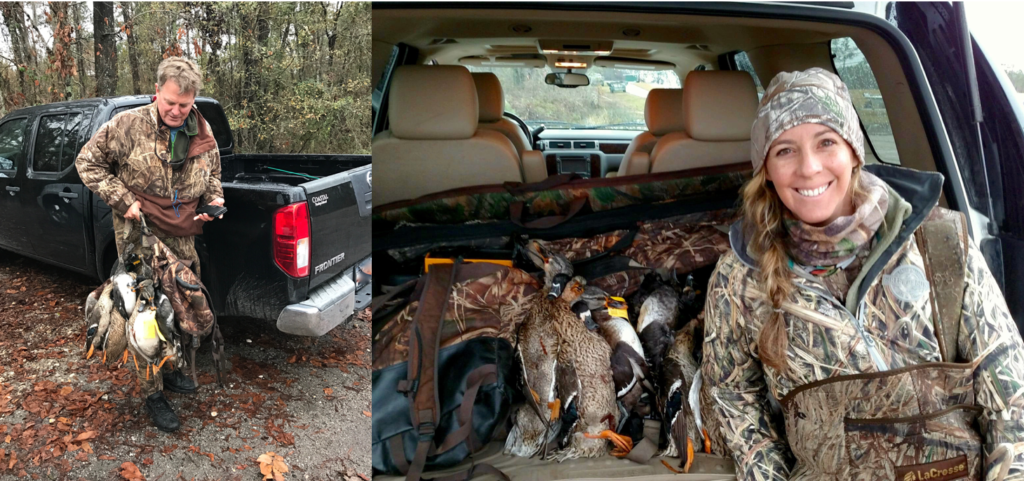
We had such a good time, and I always enjoy a good hunt, birds or no birds, with my dad and father-in-law. Like I said that day, you’d be hard-pressed to find two better hunting buddies!
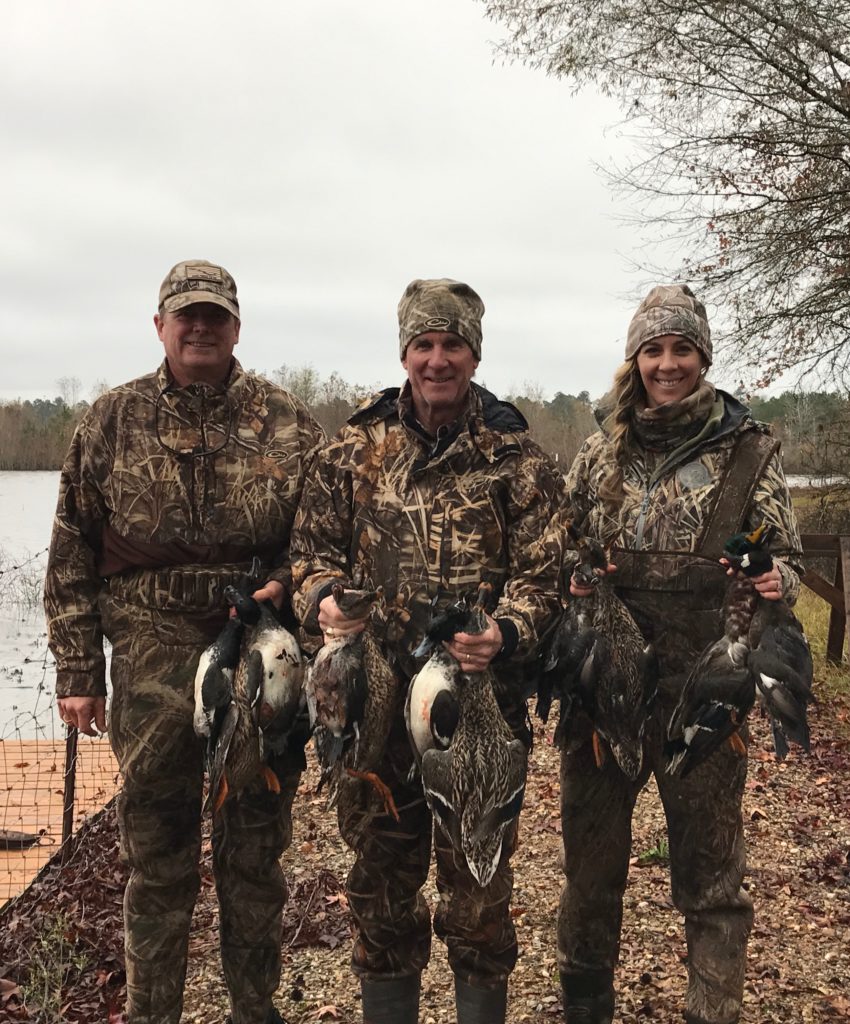
That weekend, I was able to hunt with Parker again, as well as uncle Bob and our cousin Drew. John was hunting with a friend and Green Sea (hey there Mr. Graham!), so it was the Lumpkin / Postal men and myself. We snuck through the swamp early and got set up in a little spot called “the mallard hole” and hunkered down in the marsh grass to wait.
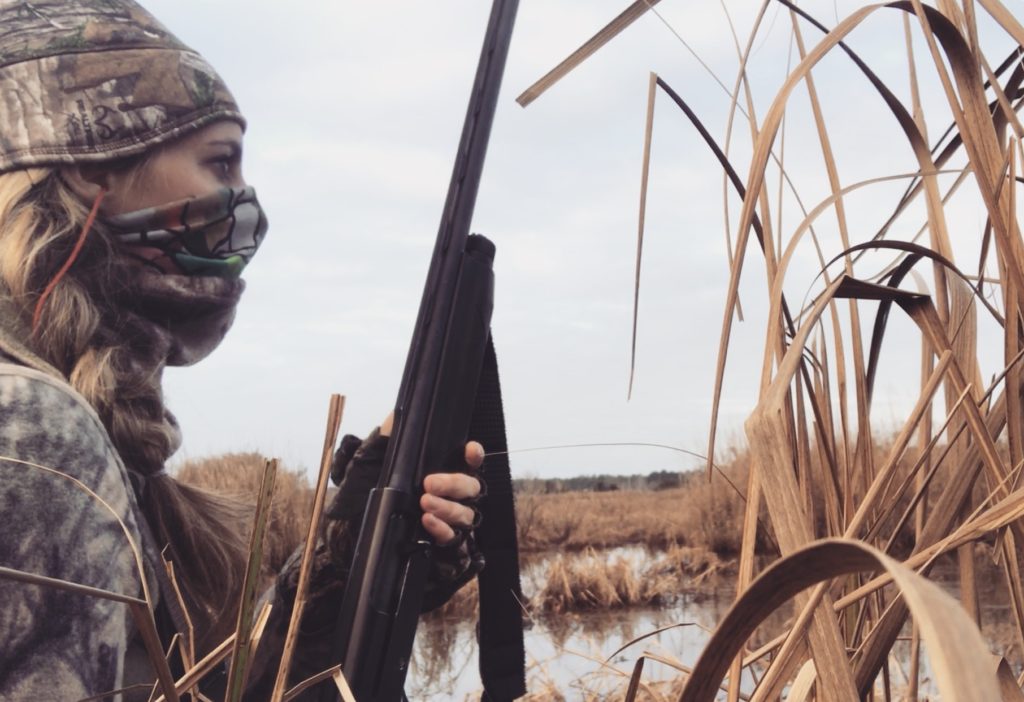
Just like Wednesday’s hunt, less than five minutes before legal our brought a nice flight of mottled ducks and mallards hovering directly over our decoys not 20 yards away. One came in so low, it was all I could do not to cover my head to avoid him landing on my head. We stayed at still and quiet as possible trying to avoid startling them before we were illegal. I still don’t know how they didn’t see us as they swam around and chit chatted with each other.
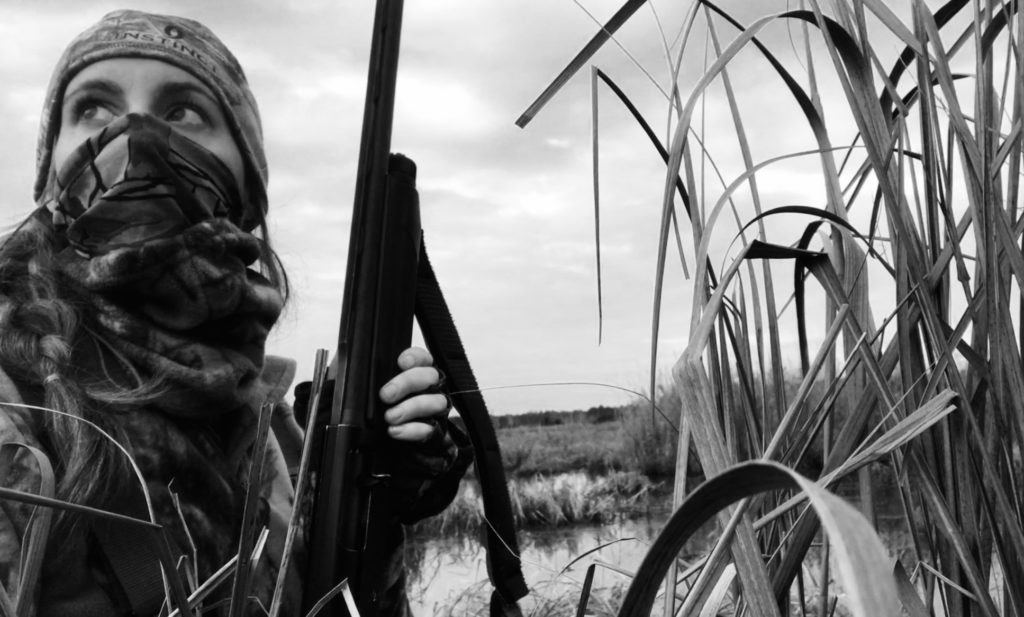
Then, about one minute after legal, one of the ducks jumped up and the hunt was on. In 10 minutes we had three birds on the water, and they were still working in the sky.
This was a good hunt to practice the “let him work” mentality – a pair swept by me two or three times within range but I held off shooting until I knew they were committed. Again, I just stayed as still as possible and waited for the right moment to shoot.
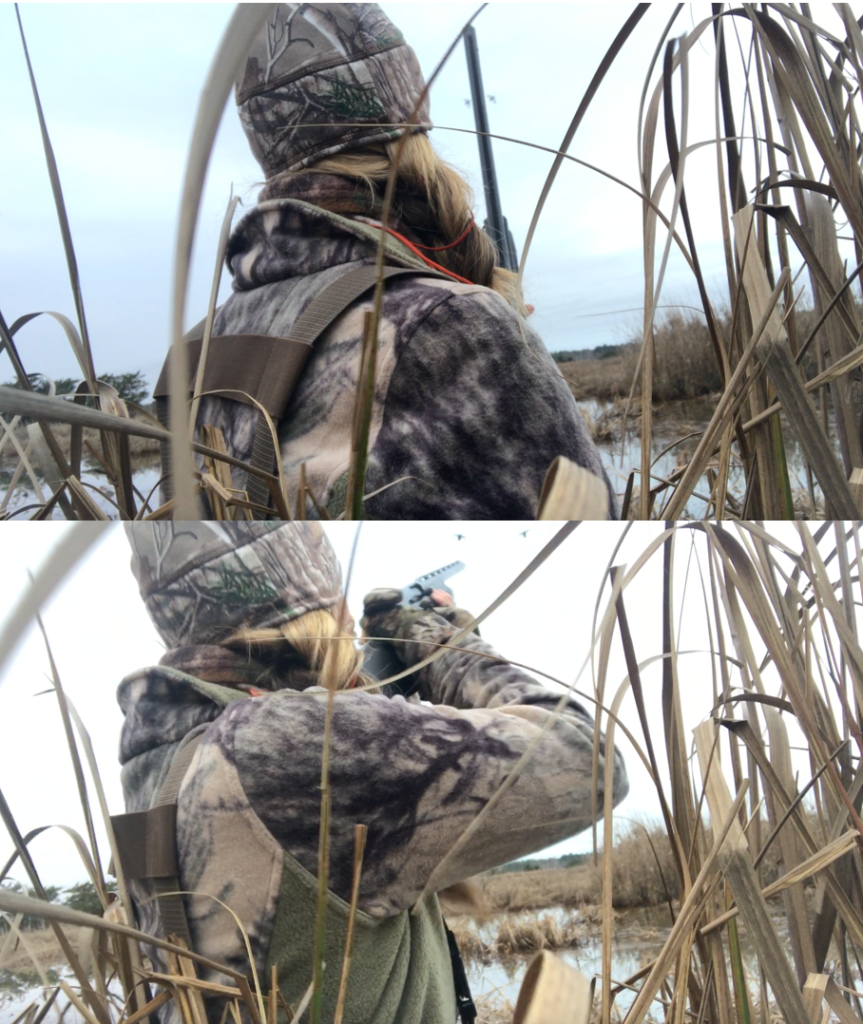
Mallard down!
I was able to catch the whole thing on camera (check it out here).
Yep, more birds on the water! The mallard hole is typically pretty fast and furious, similar to a wood duck hunt in the timber. Usually once the big flurry is over, you might get a passing thing or two in the next few hours but you’ve pretty much gotten the goody out of the hunt. Either way, we had such a fun shoot, and came out of the blind grassy pond with windburned cheeks and ducks in hand.
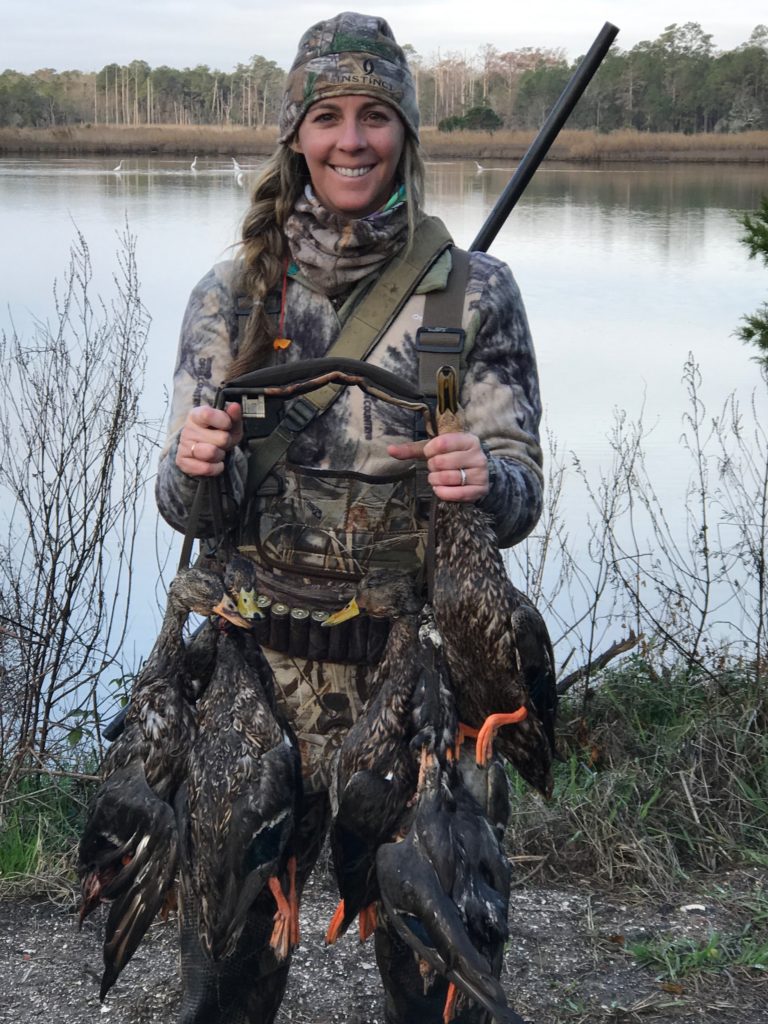
Esther made some great retrieves in the thick grass, finding 2 ducks that we’d never have found without her.
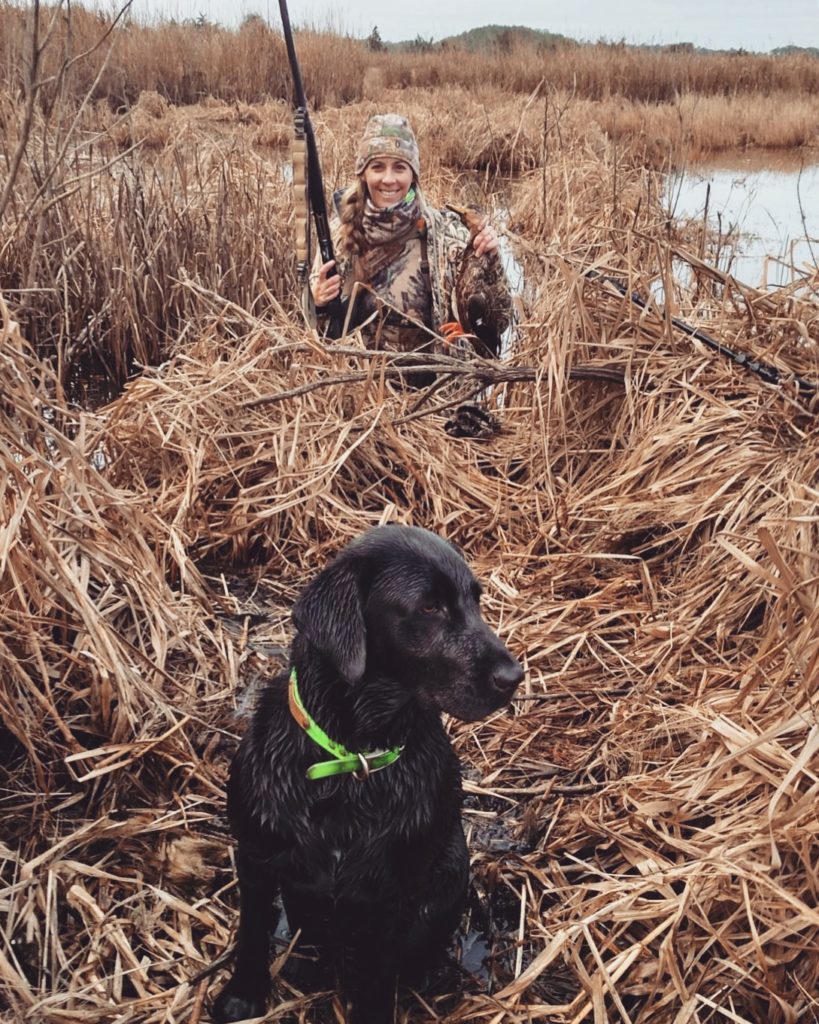
We ended up with a handful of mallards and a couple of mottled ducks. One duck I knocked down had more than a few characteristics of a black duck, so I kept it separate for comparison. Remember the banded bird debacle last year? I wasn’t trying to make the same mistake again, particularly if I could mount this duck and slap the band on it.
I checked DNR’s website for backup, as well as a great book called Ducks, Geese, and Swans of North America. After a good bit of research, I discovered that for every “rule” to a defining black duck or [Florida] mottled duck characteristic, there is an exception. Bill color may vary depending on the time of year, a trailing white speculum edge (that most people claim would never be on a black duck, and is always on a mottled duck, but the great book says differently), and black webbing on the feet.
Apparently, the coast of South Carolina is the only place that black ducks and Florida mottled ducks overlap. How convenient! I just about developed a twitch trying to keep it all straight.
What do you think?
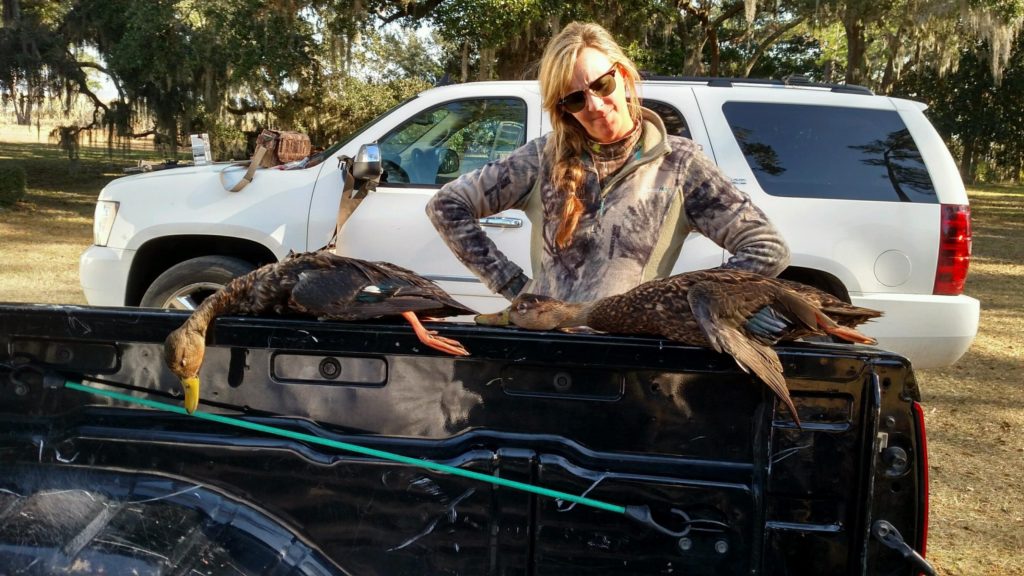
The one on the right in the above photo is the duck in question – bright yellow bill (it has blood on it here so it’s hard to tell), feather coloring that looked like a mottled, one wing that looked awful blue-violet and black duck-y, and black webbing on its feet. The one on the right had the same bill color, more mottling, a green-blue speculum, and perfectly orange feet.
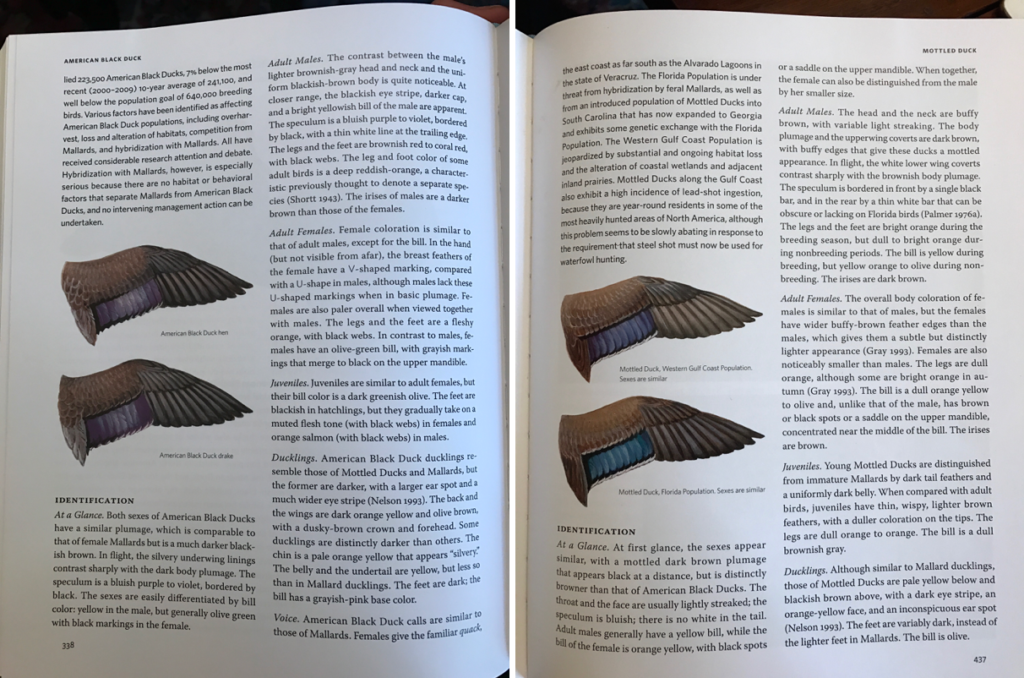
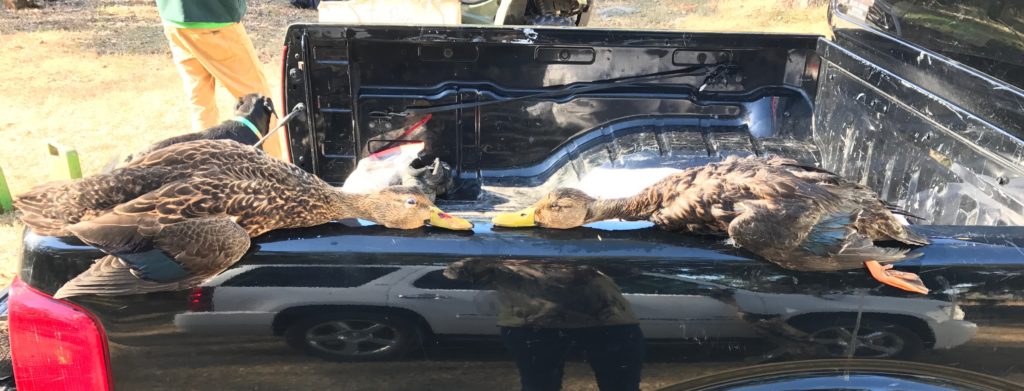
We settled on mottled duck and it has since been eaten, so I guess the question is moot at this point!
And so, the duck season adventures continue. Stay tuned for more – we’ve had a few slow days, LOTS of crazy weather, and maybe, just maybe, a canvasback or two!
